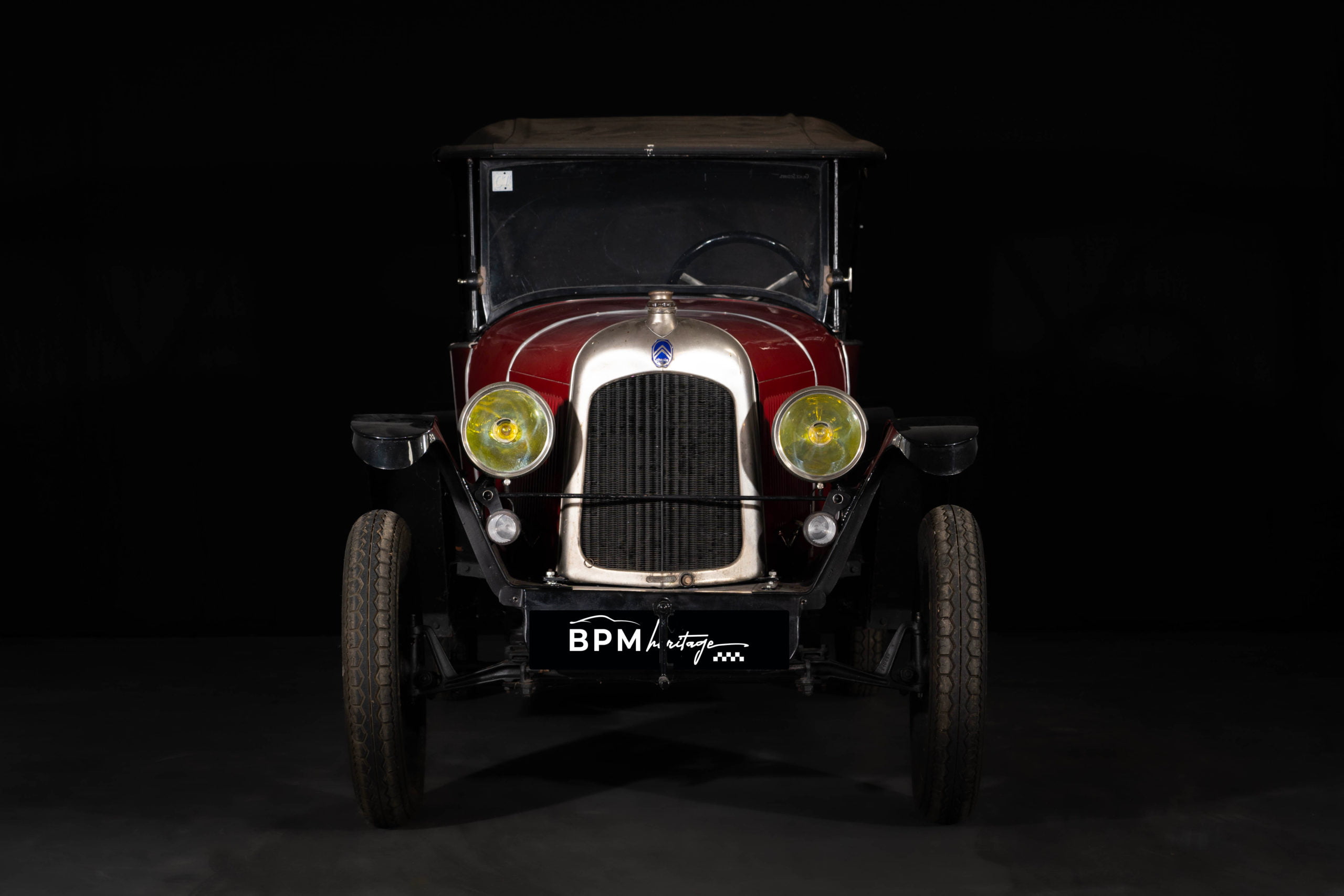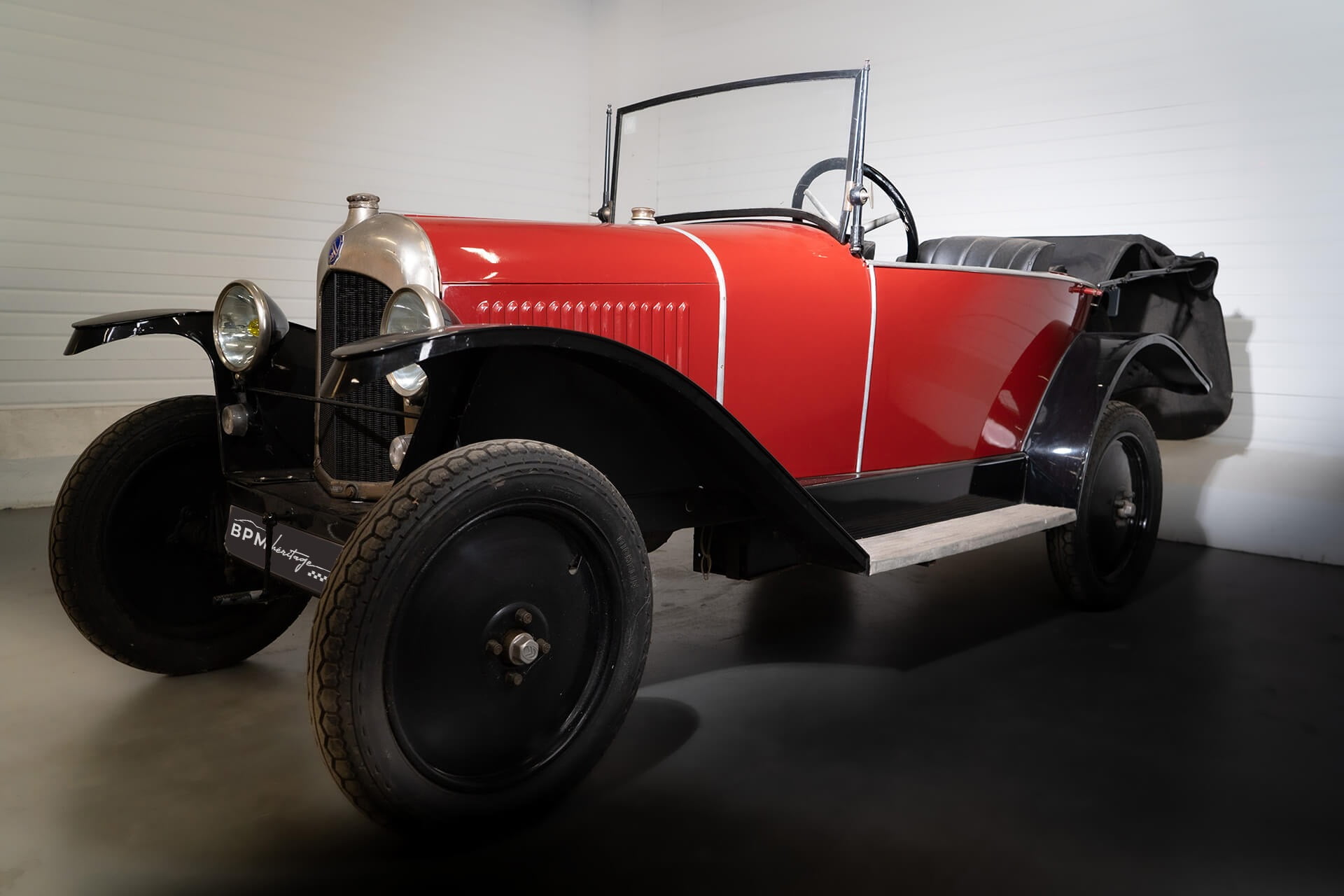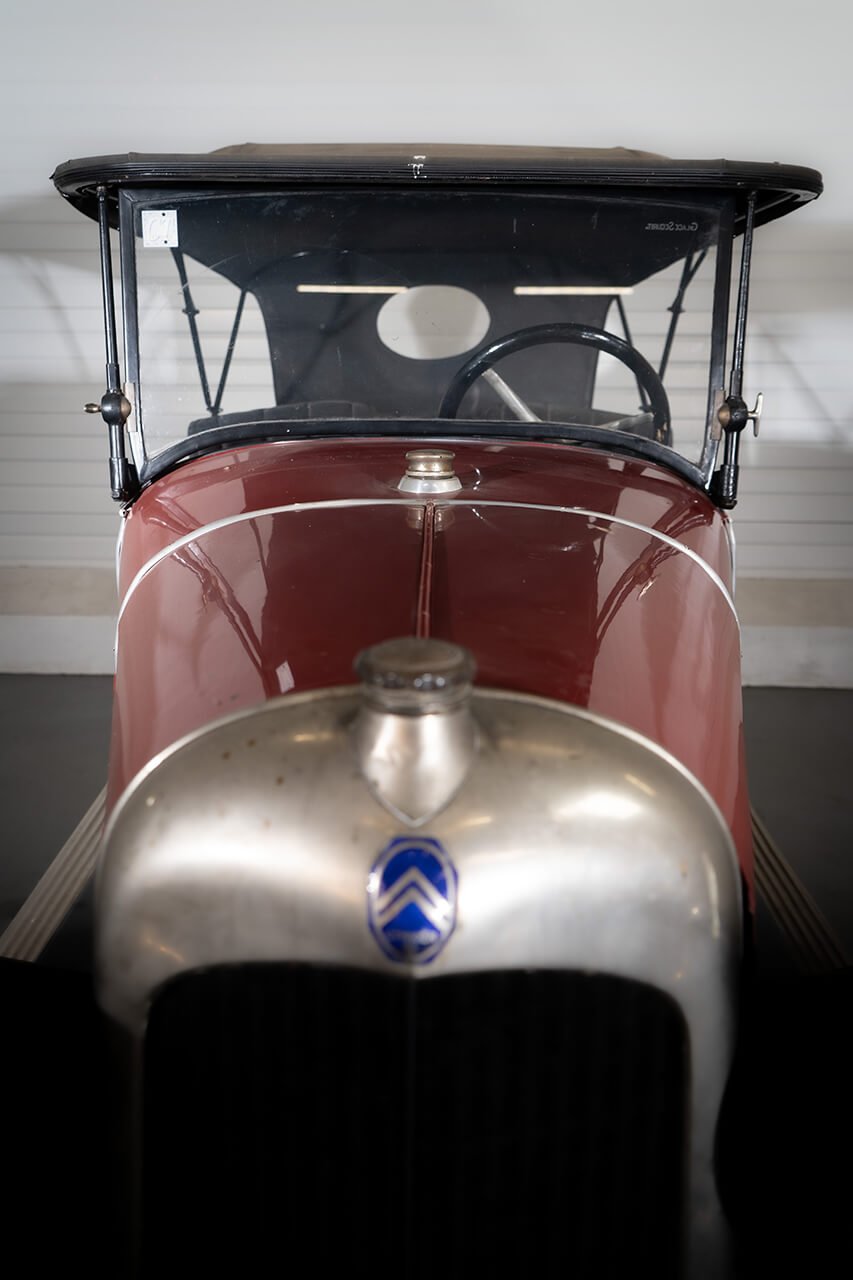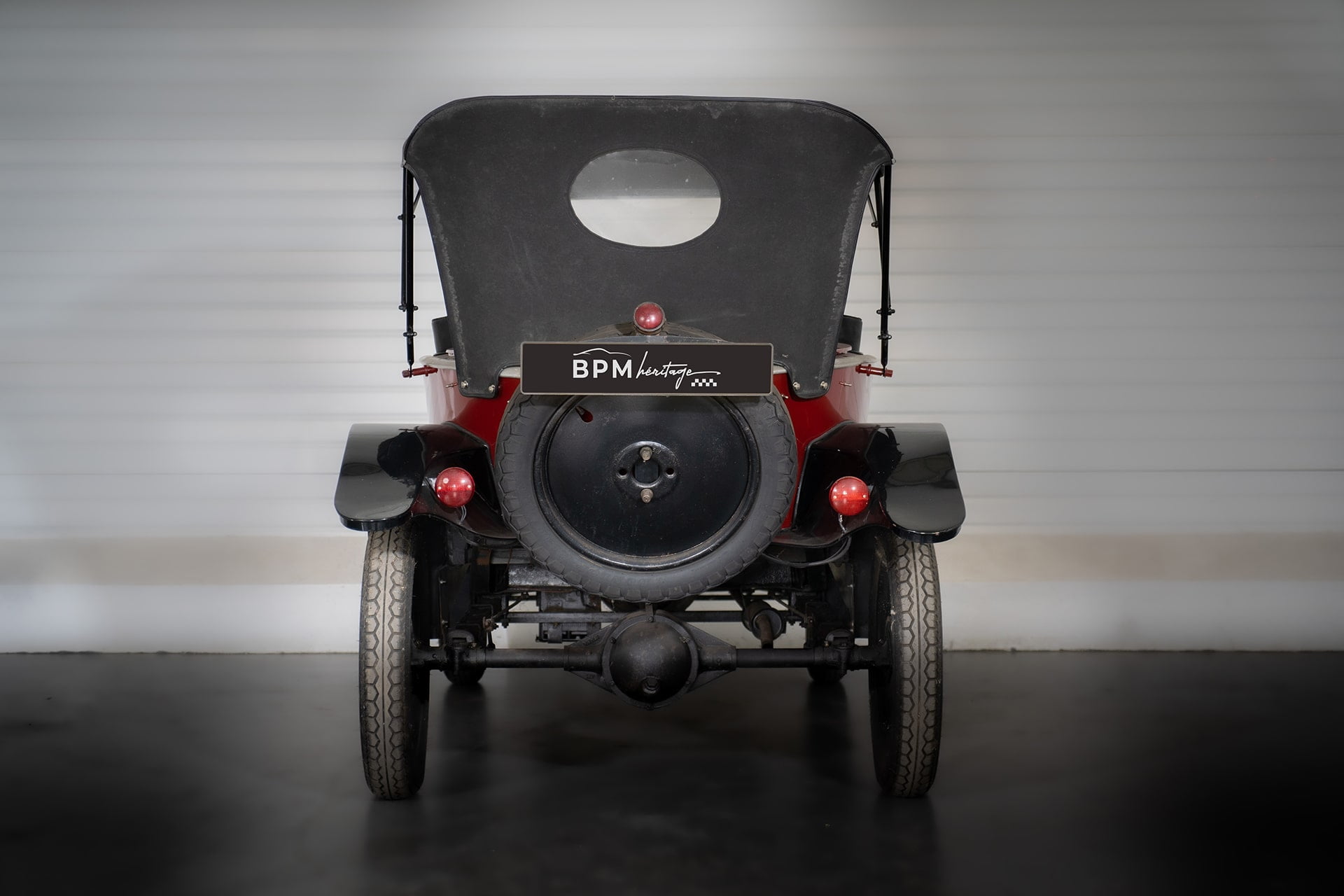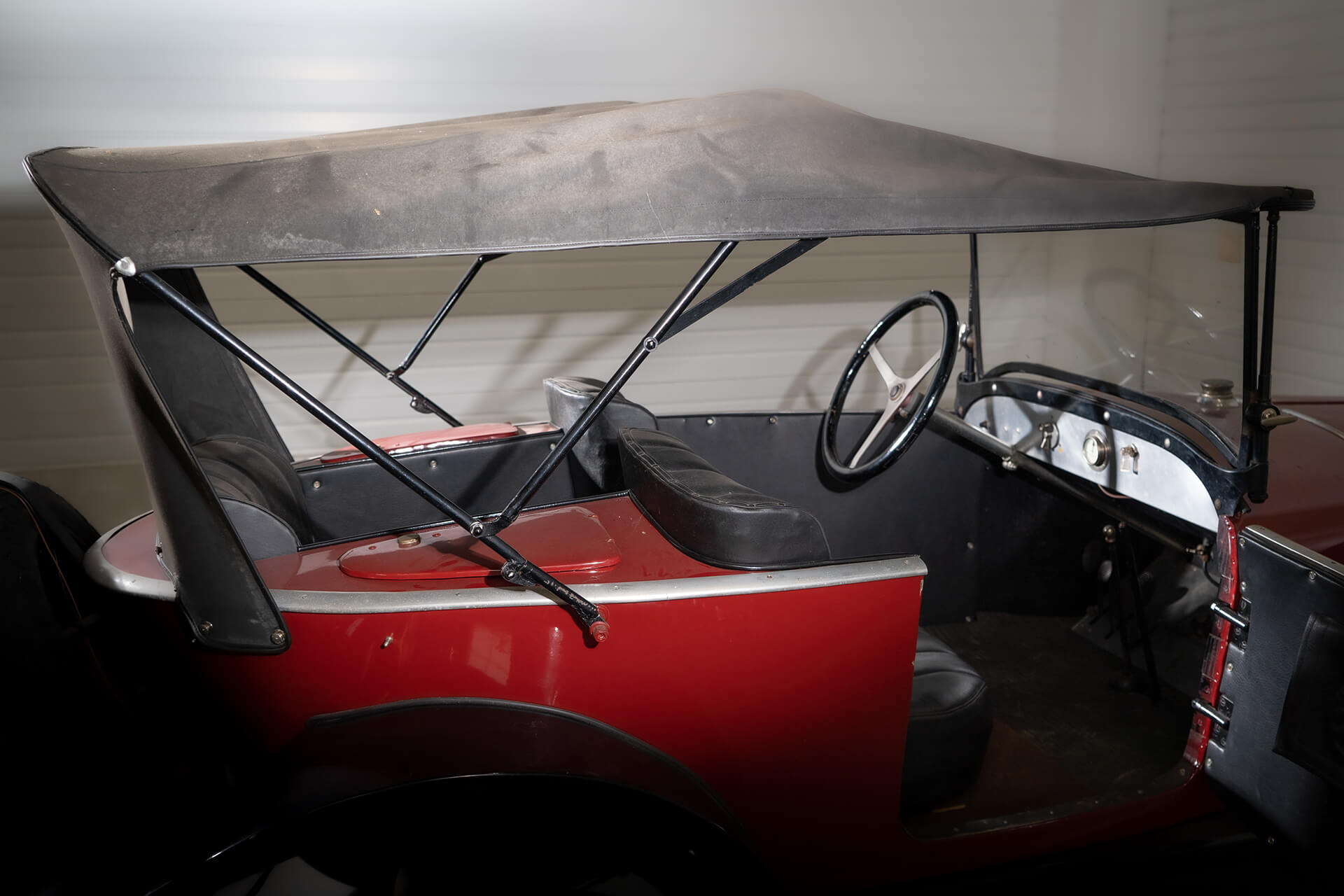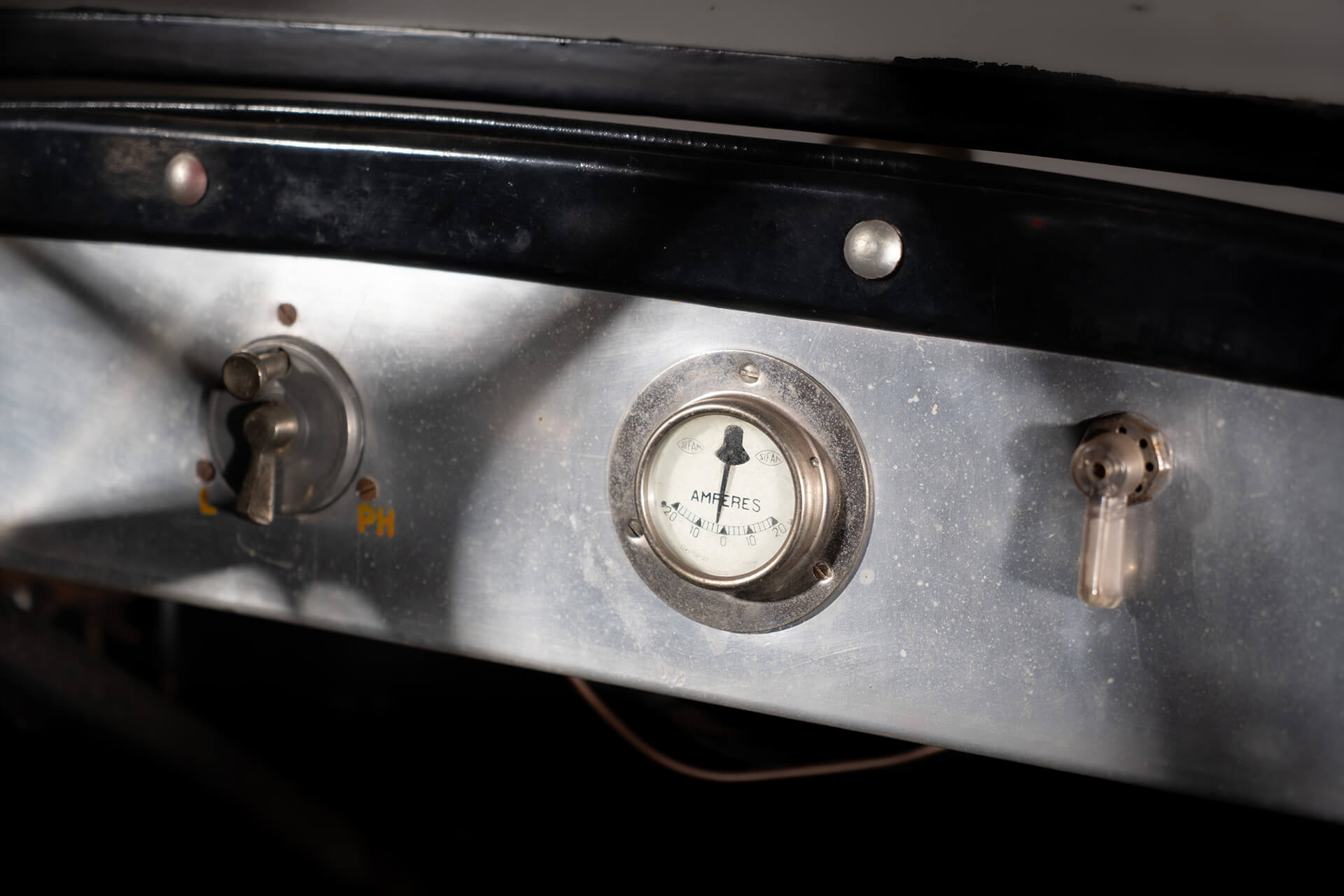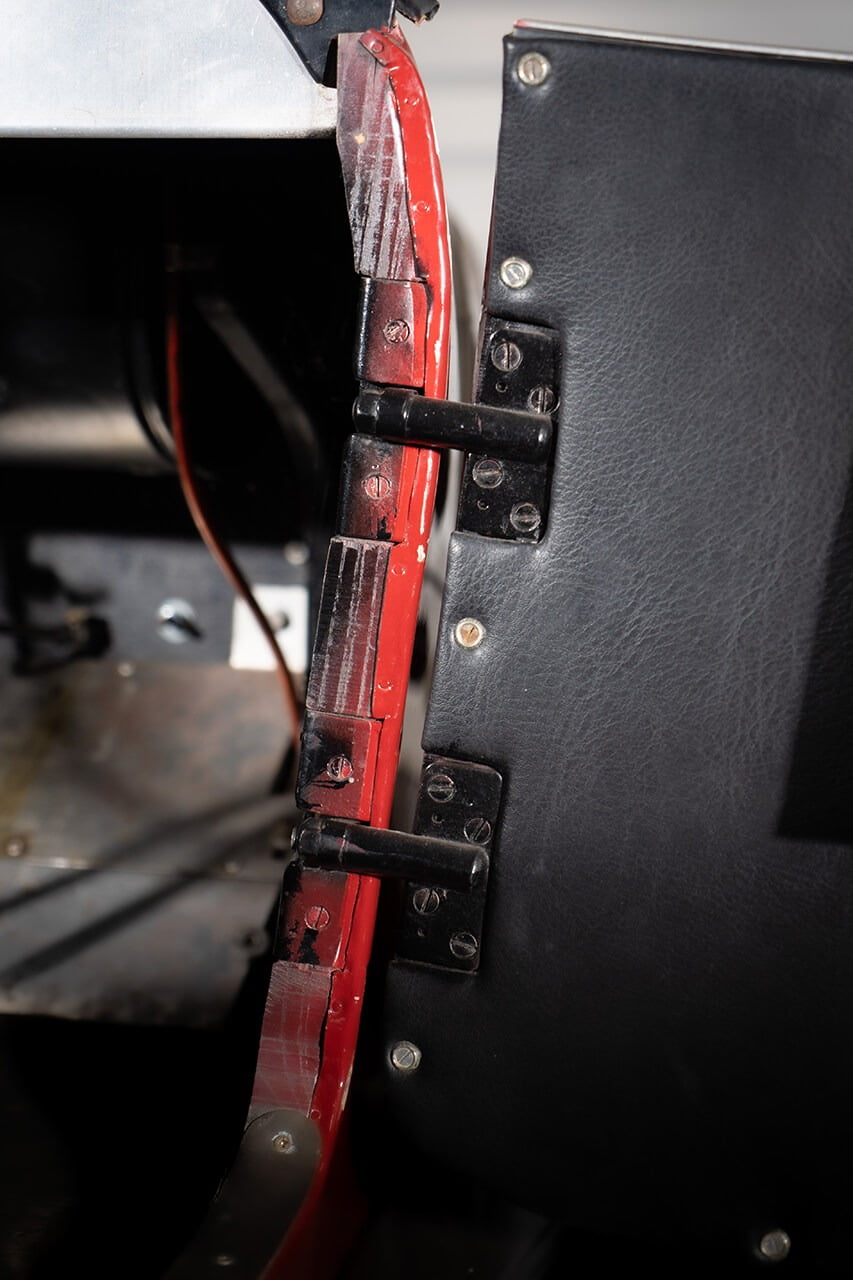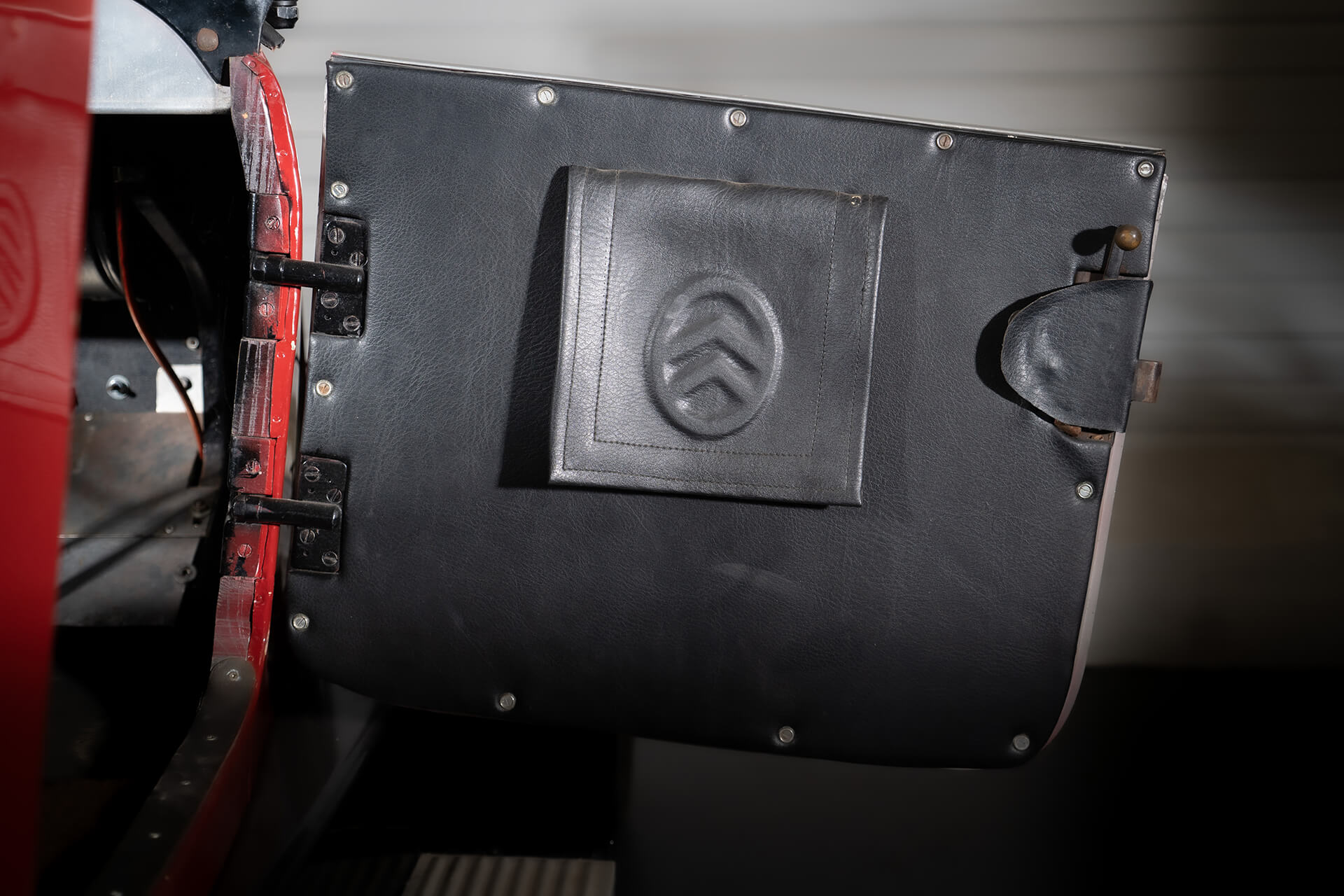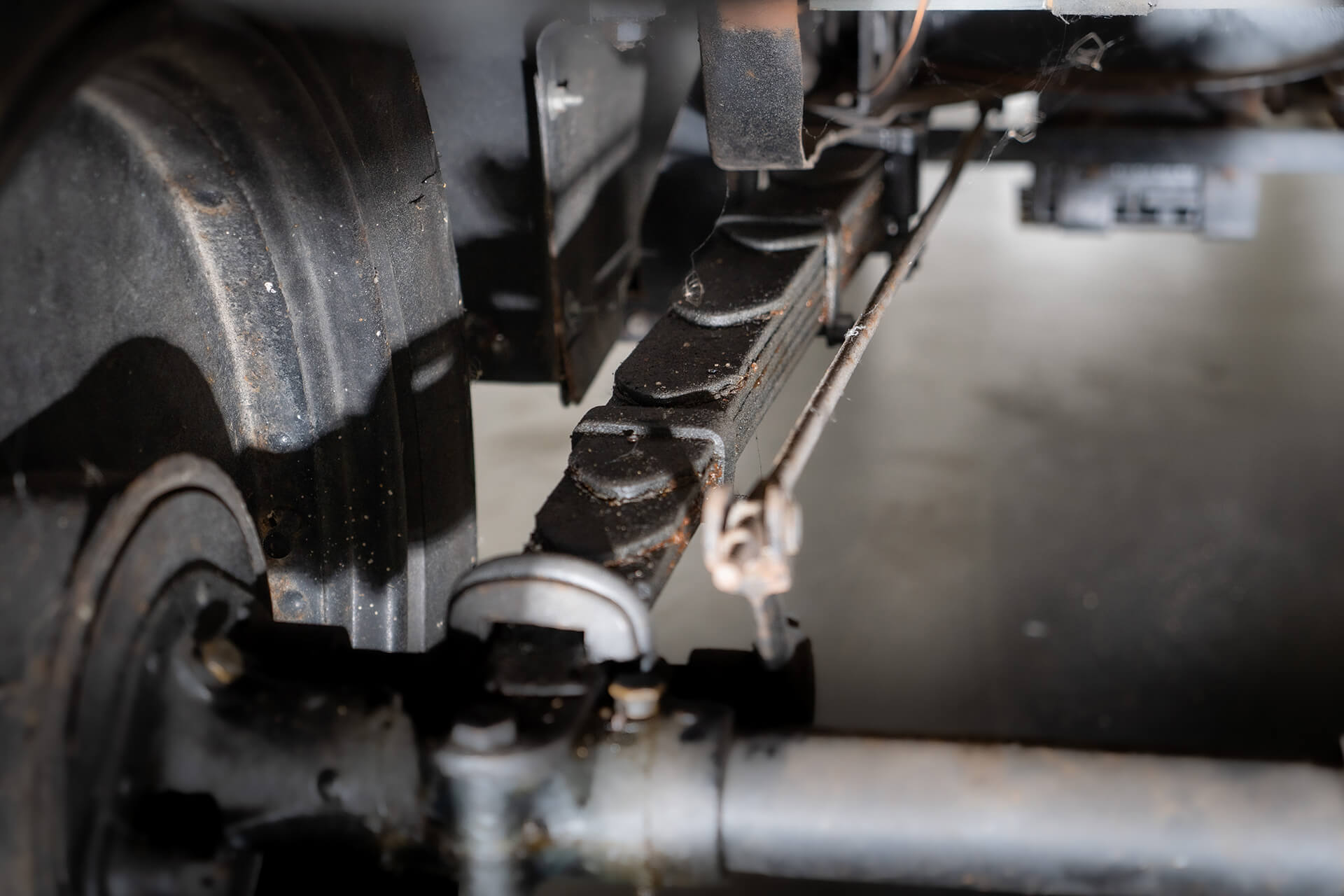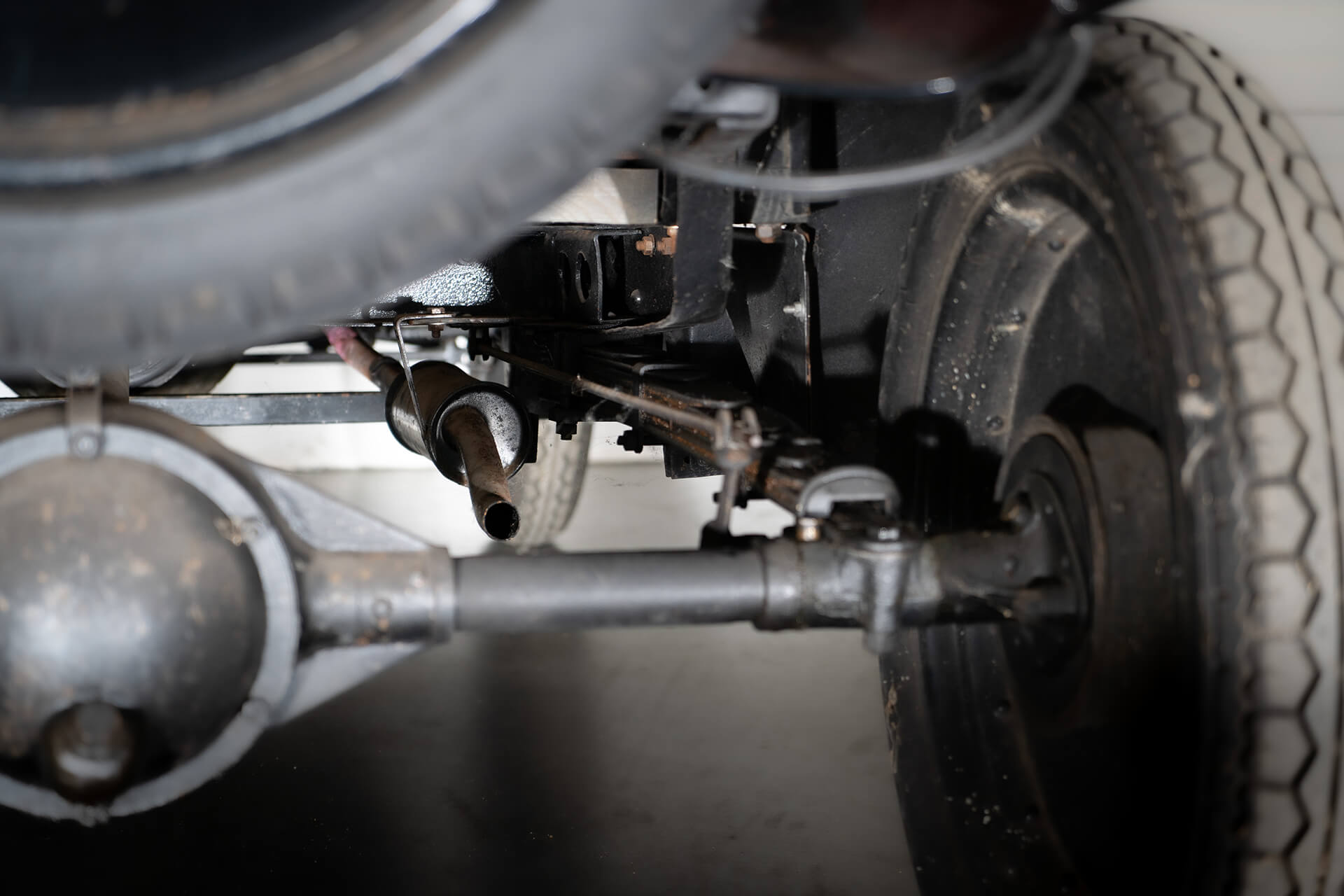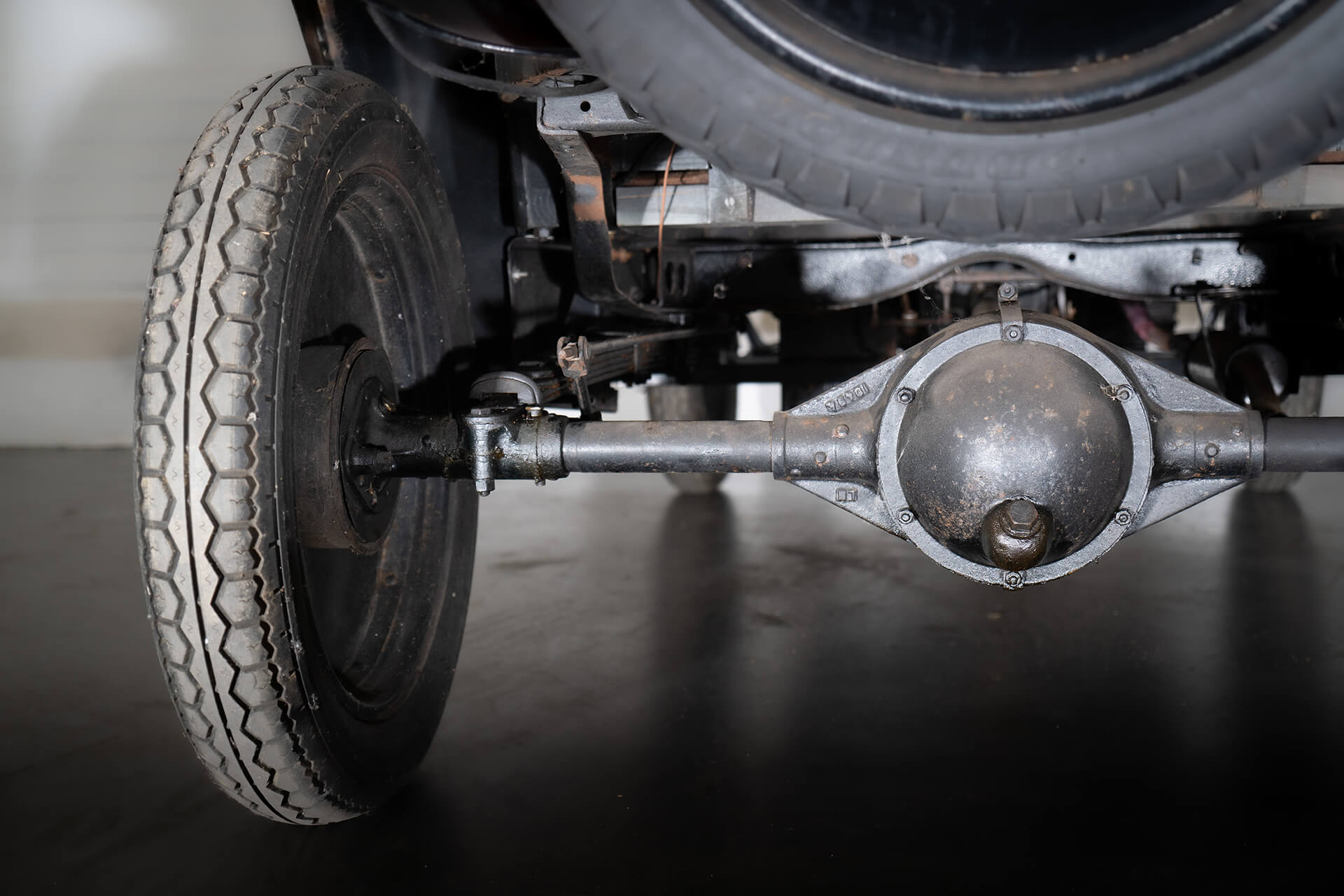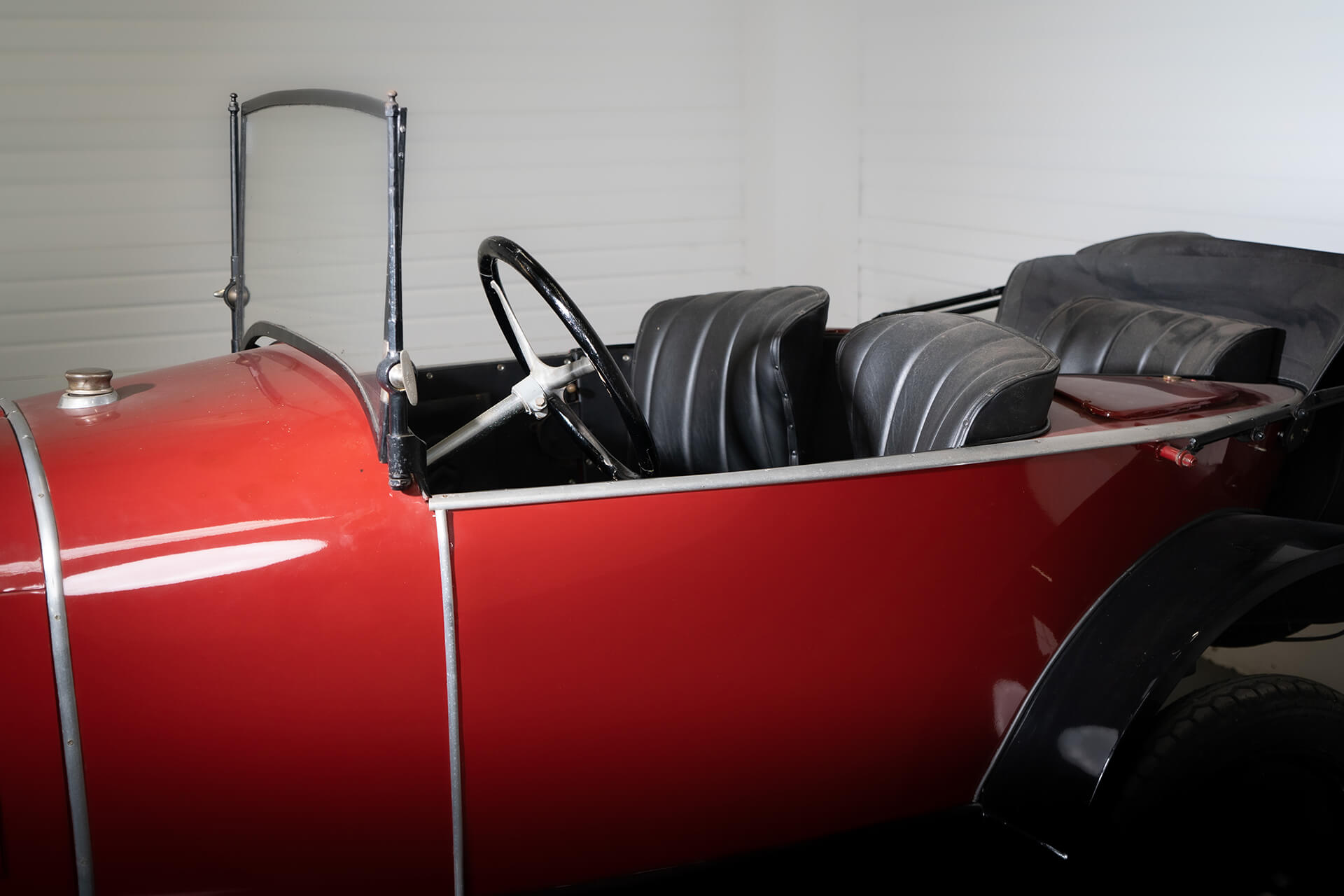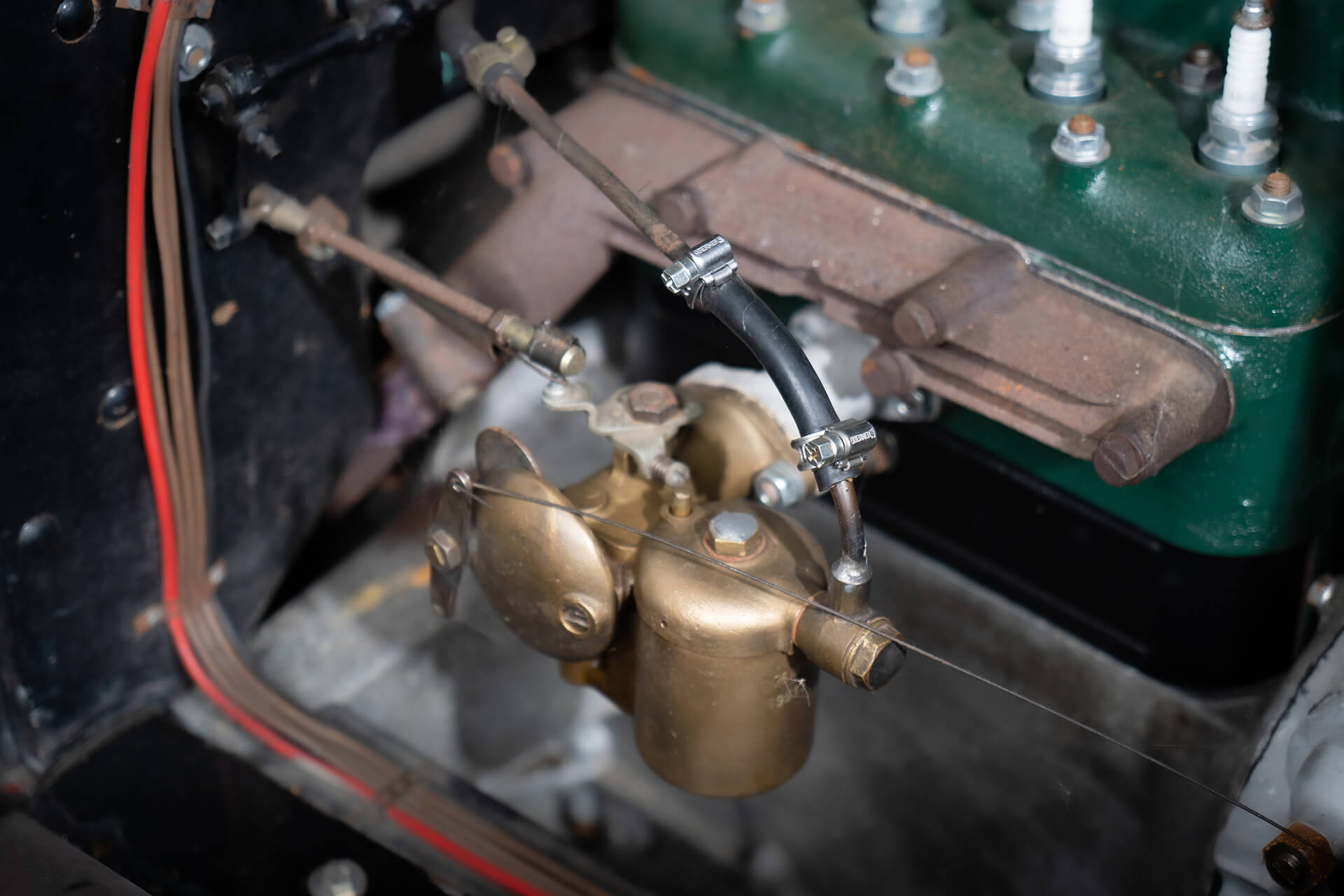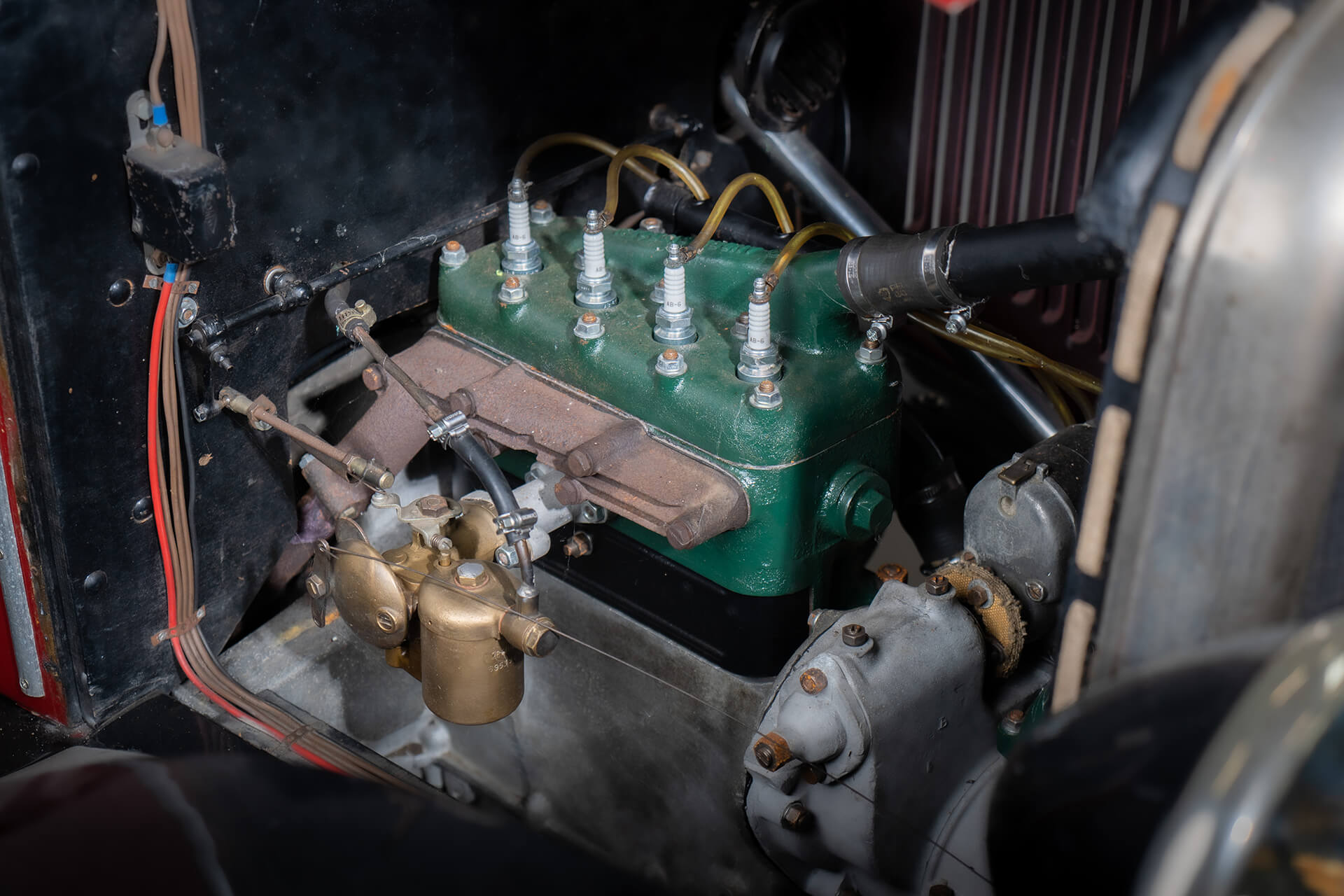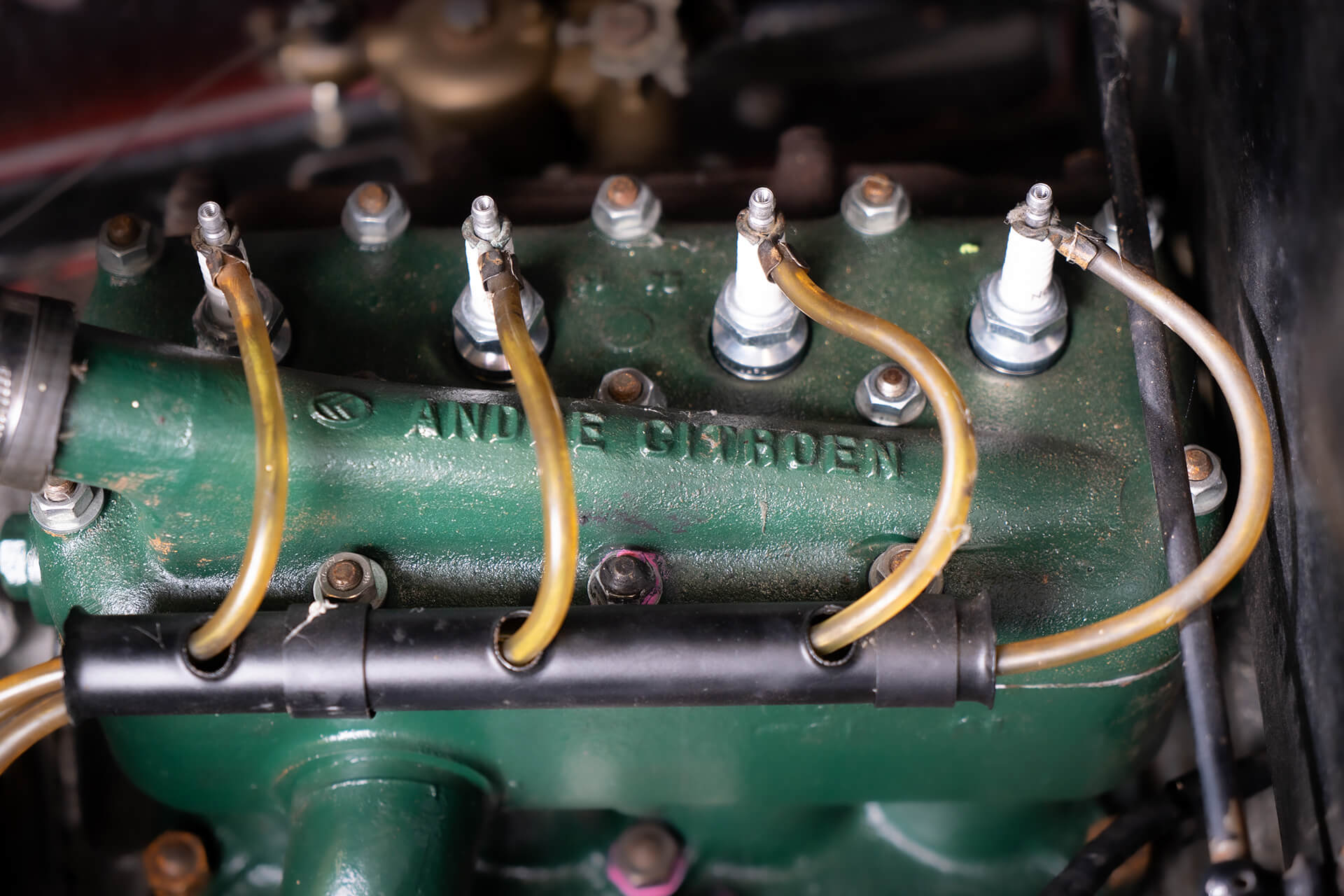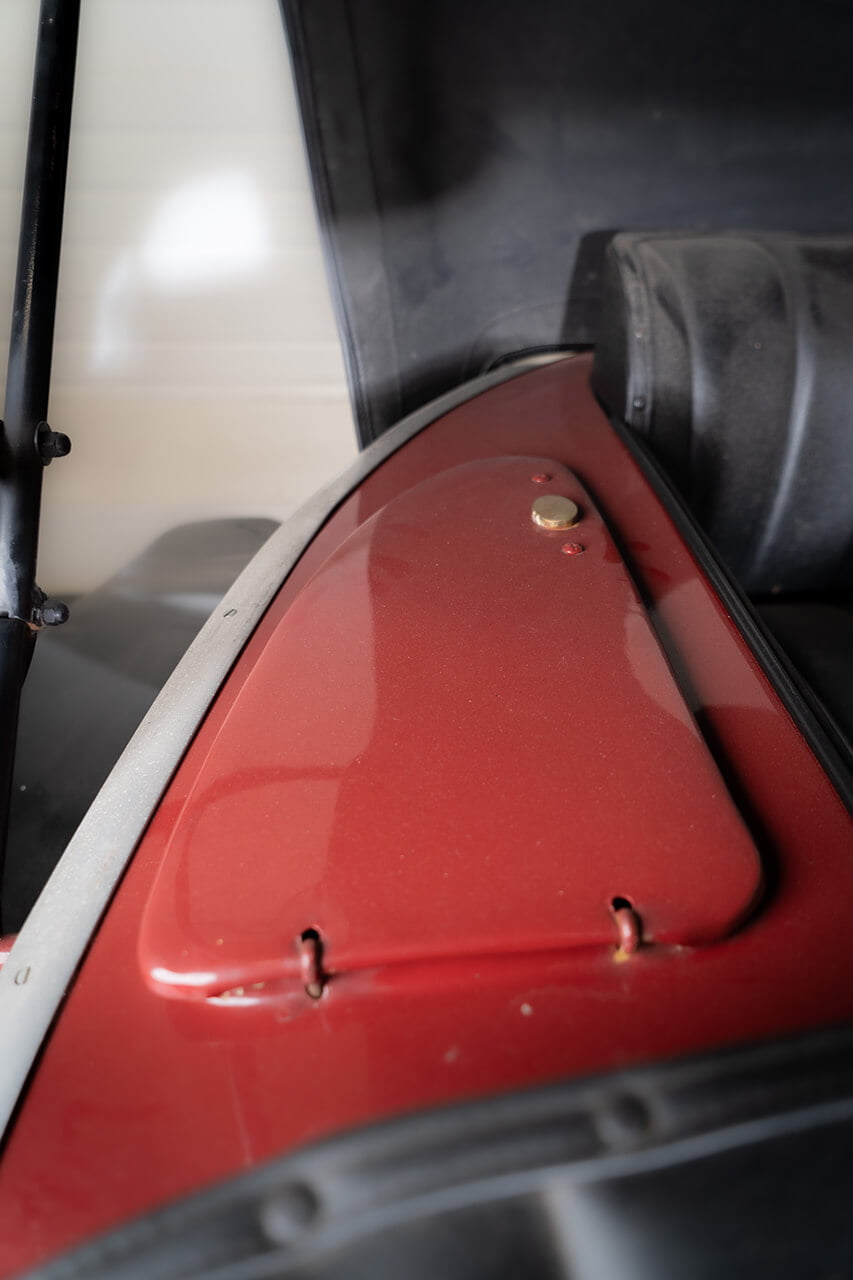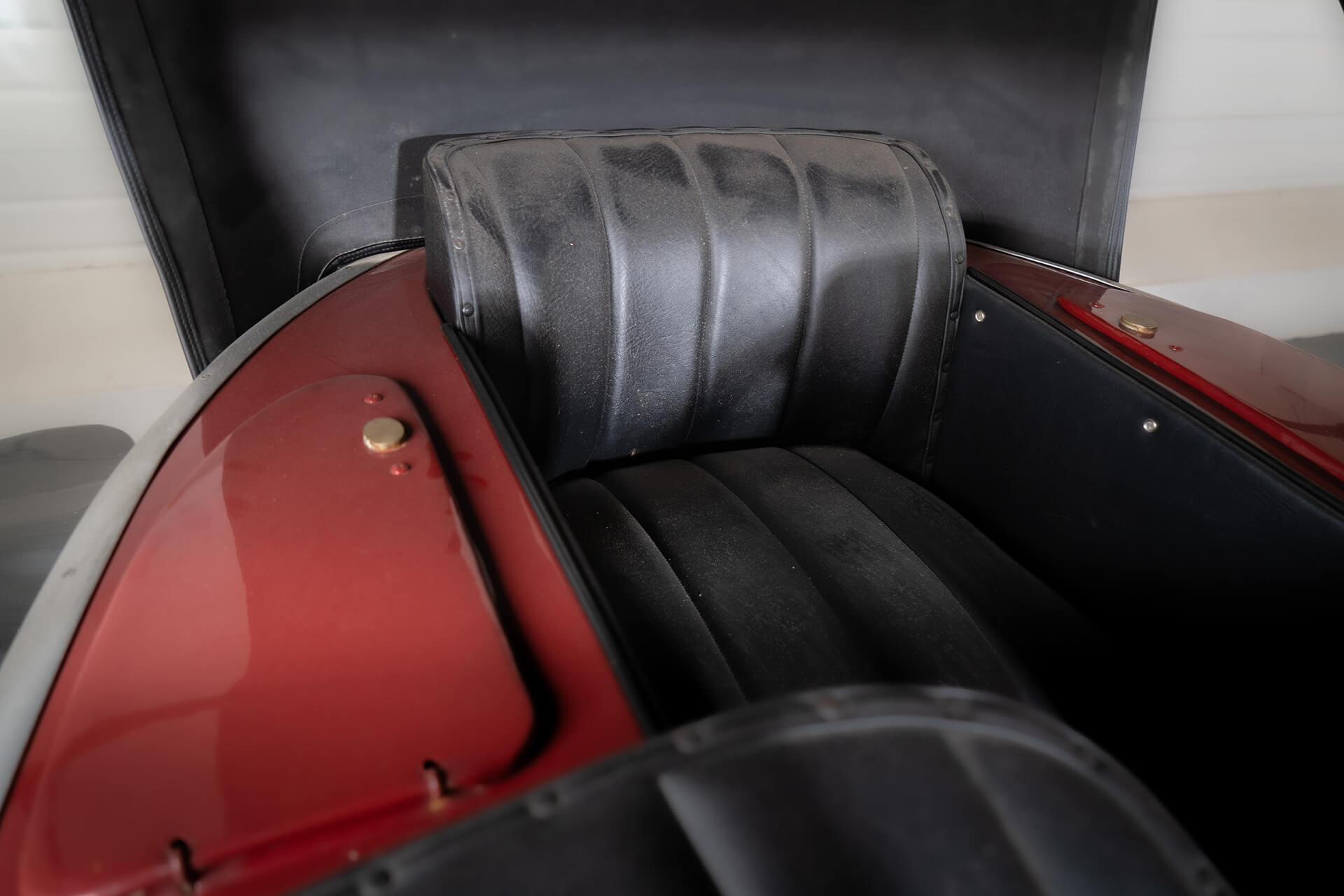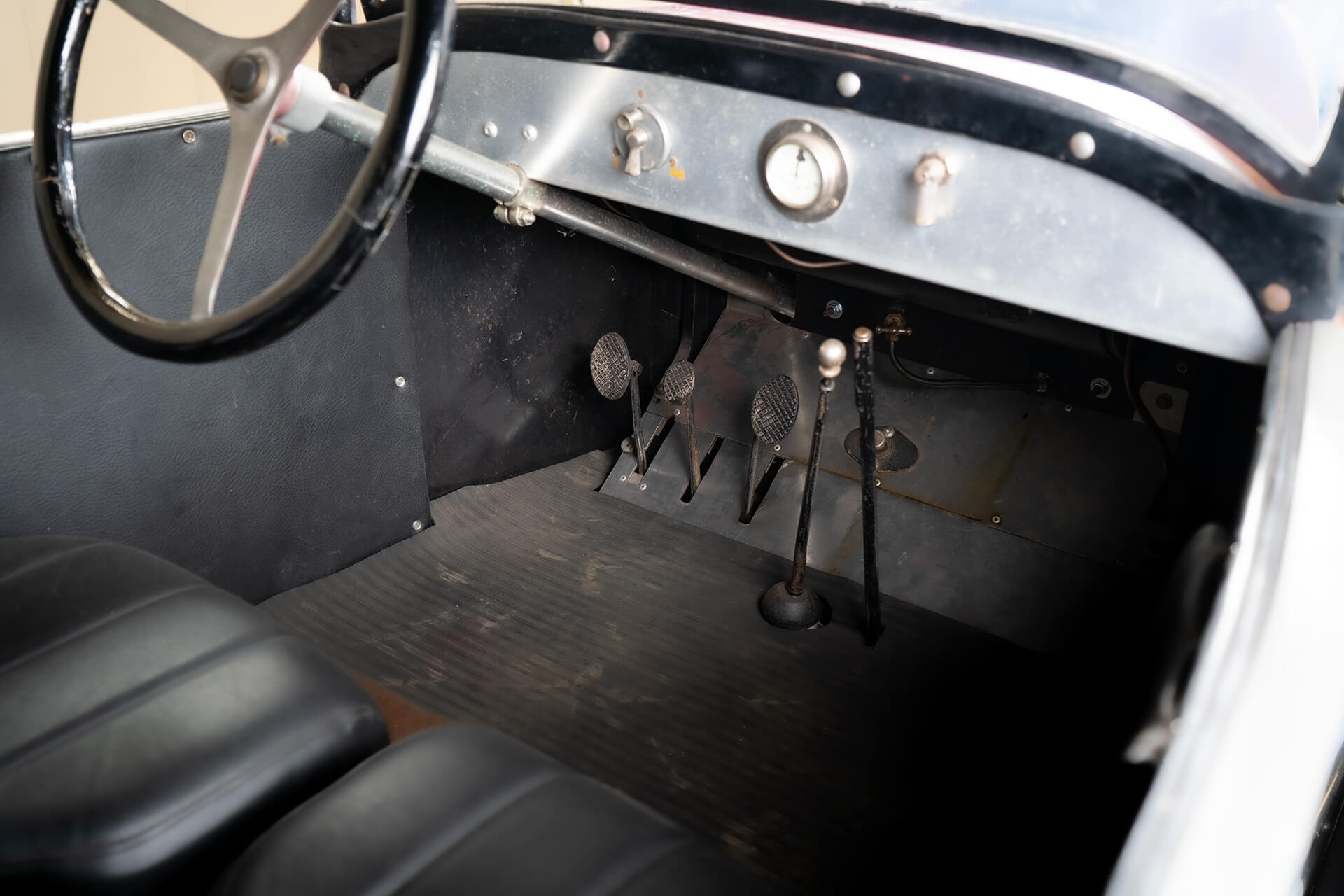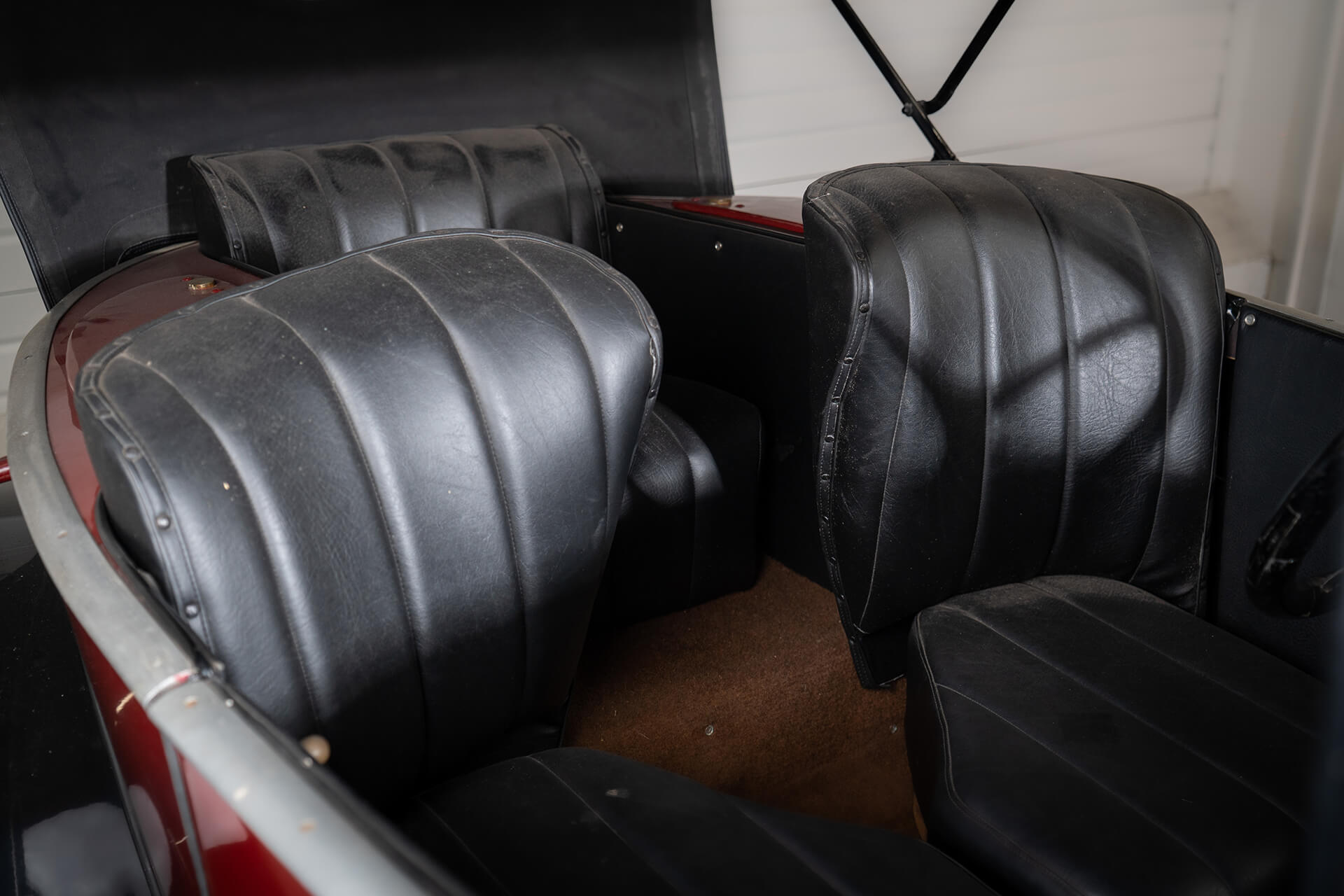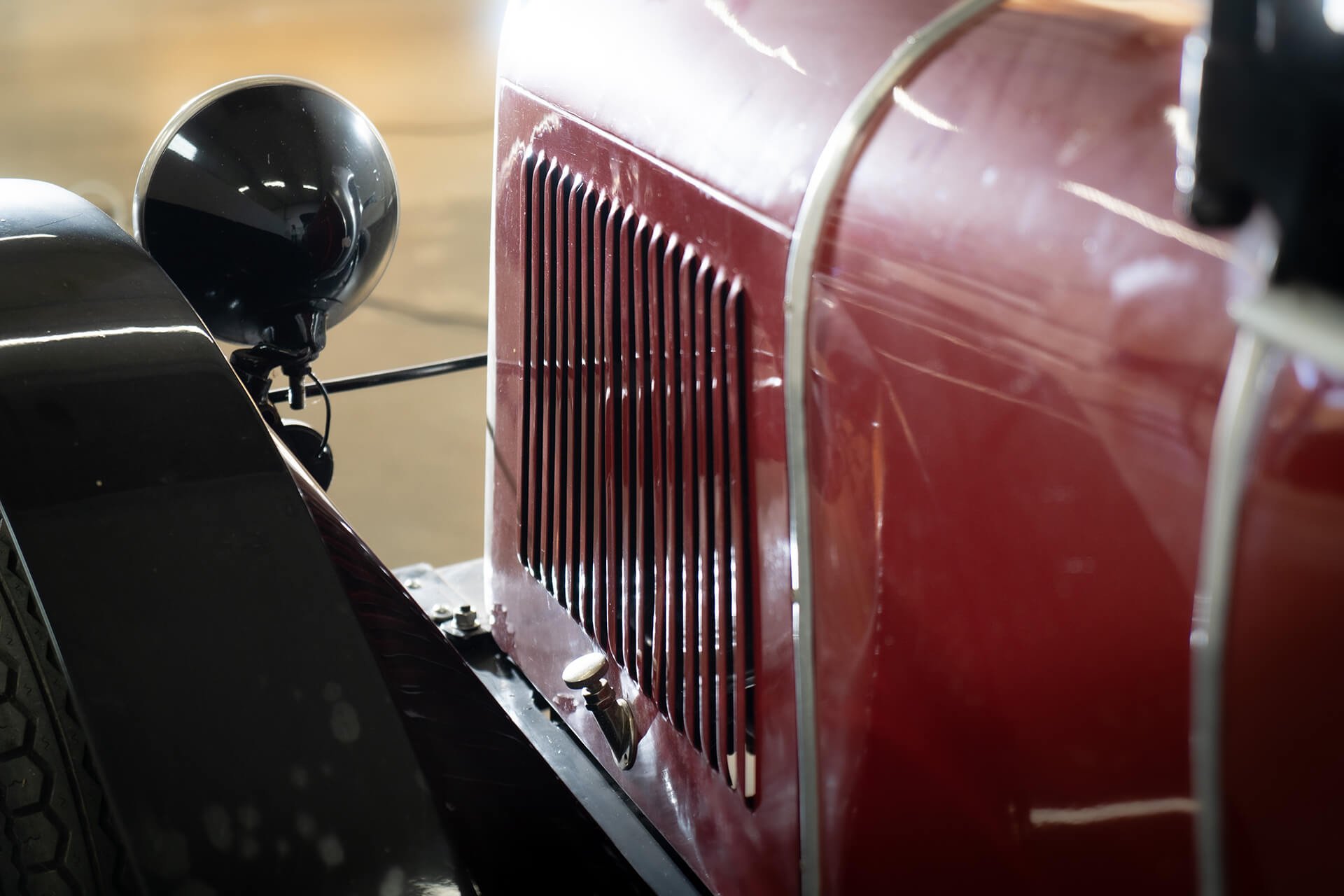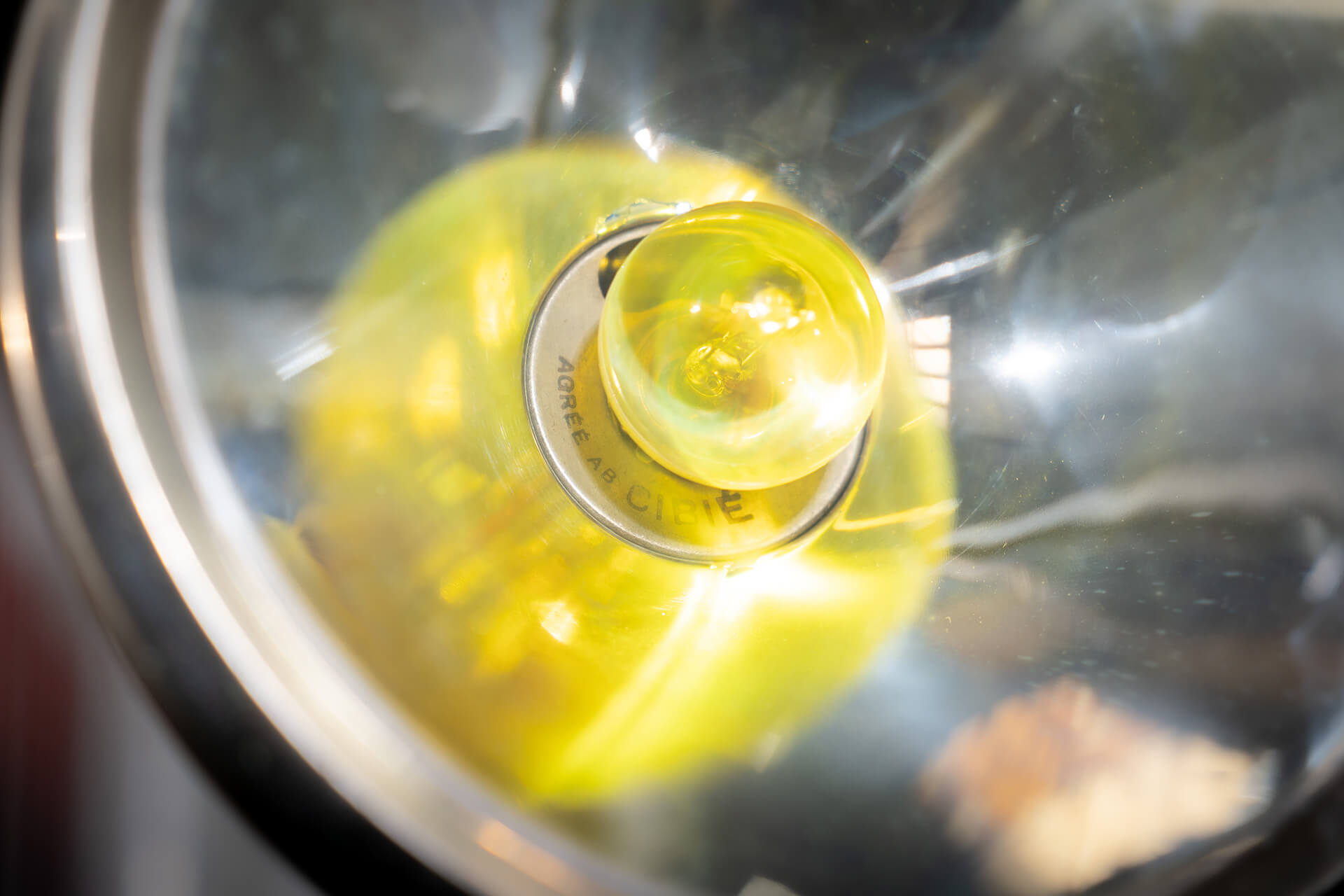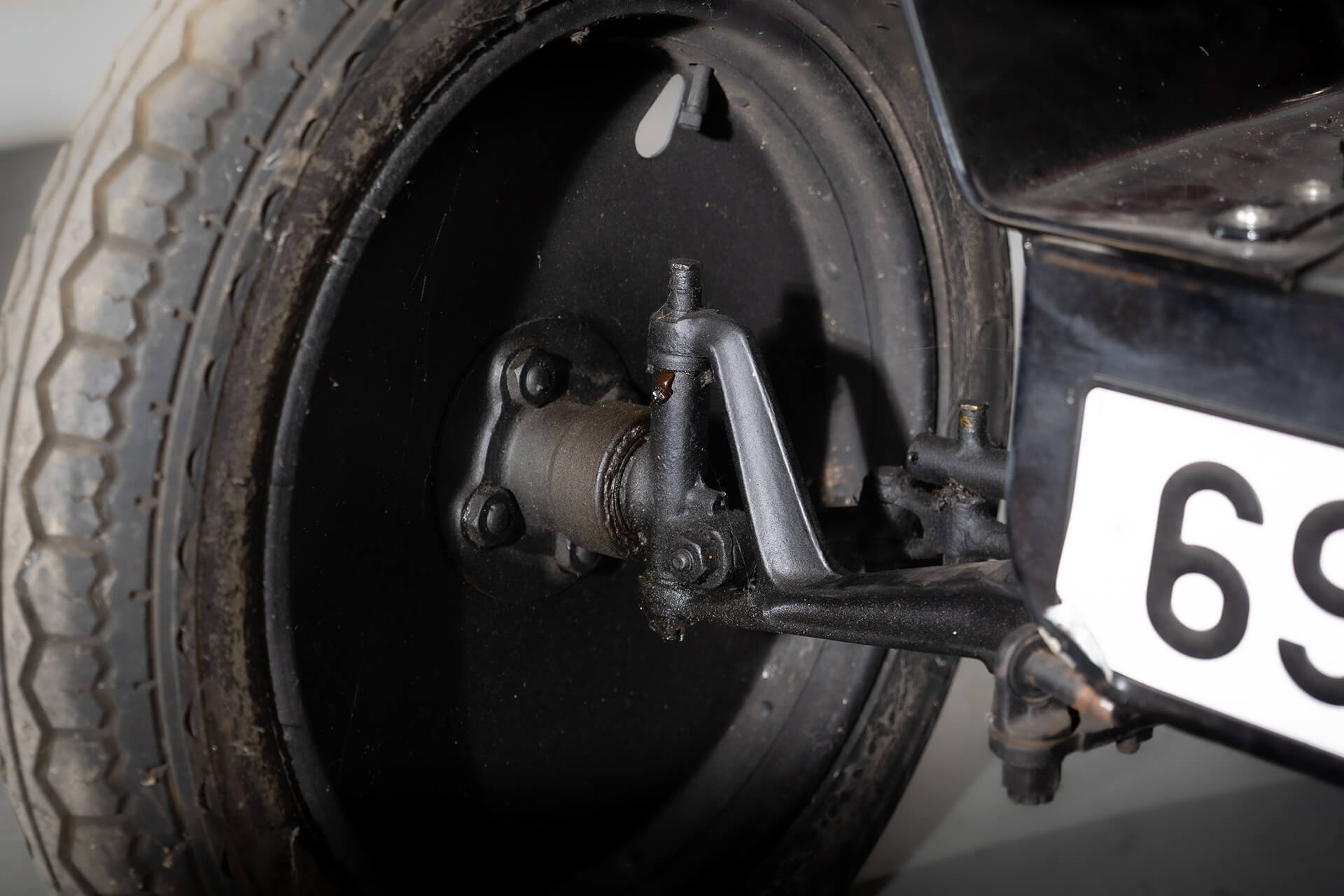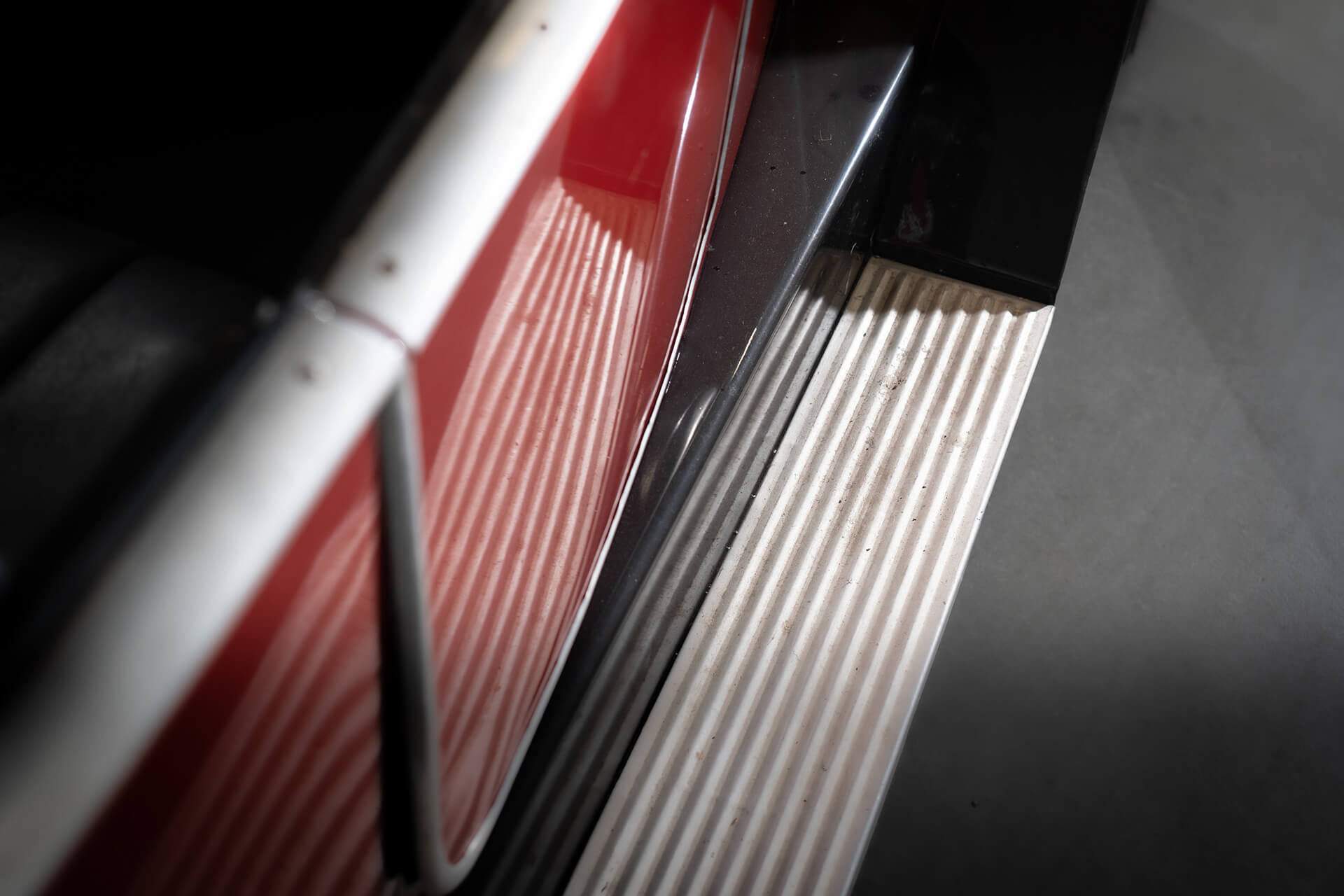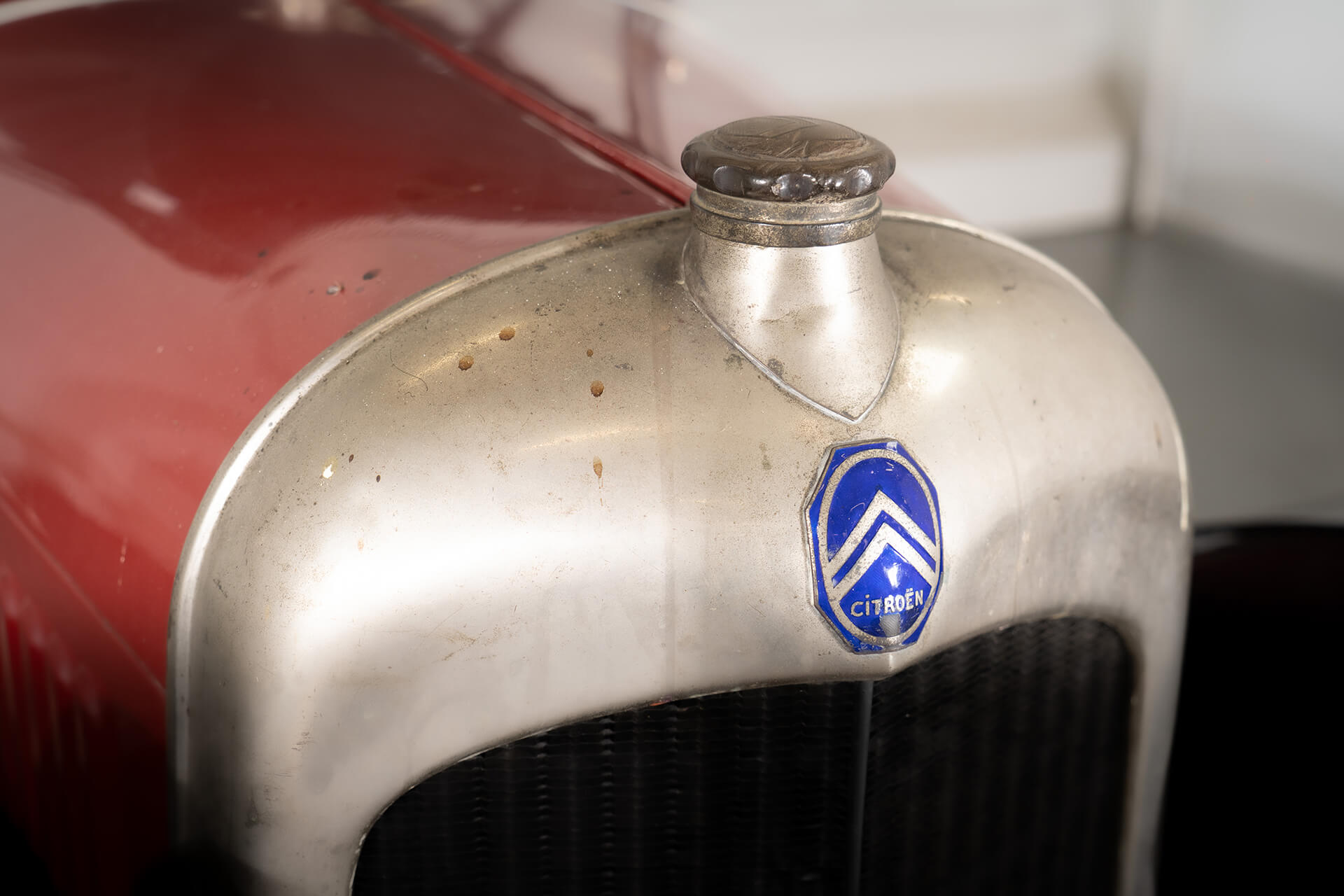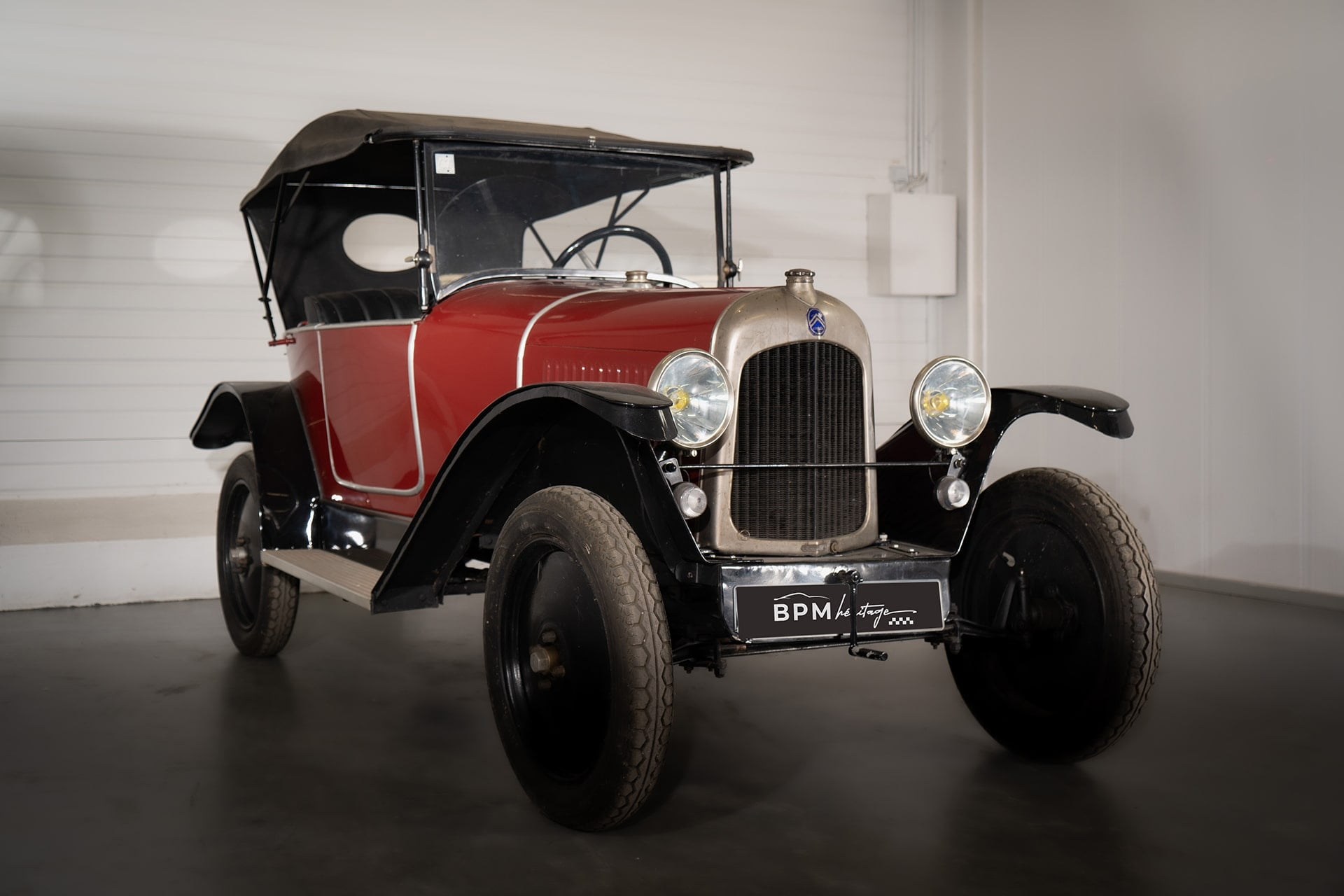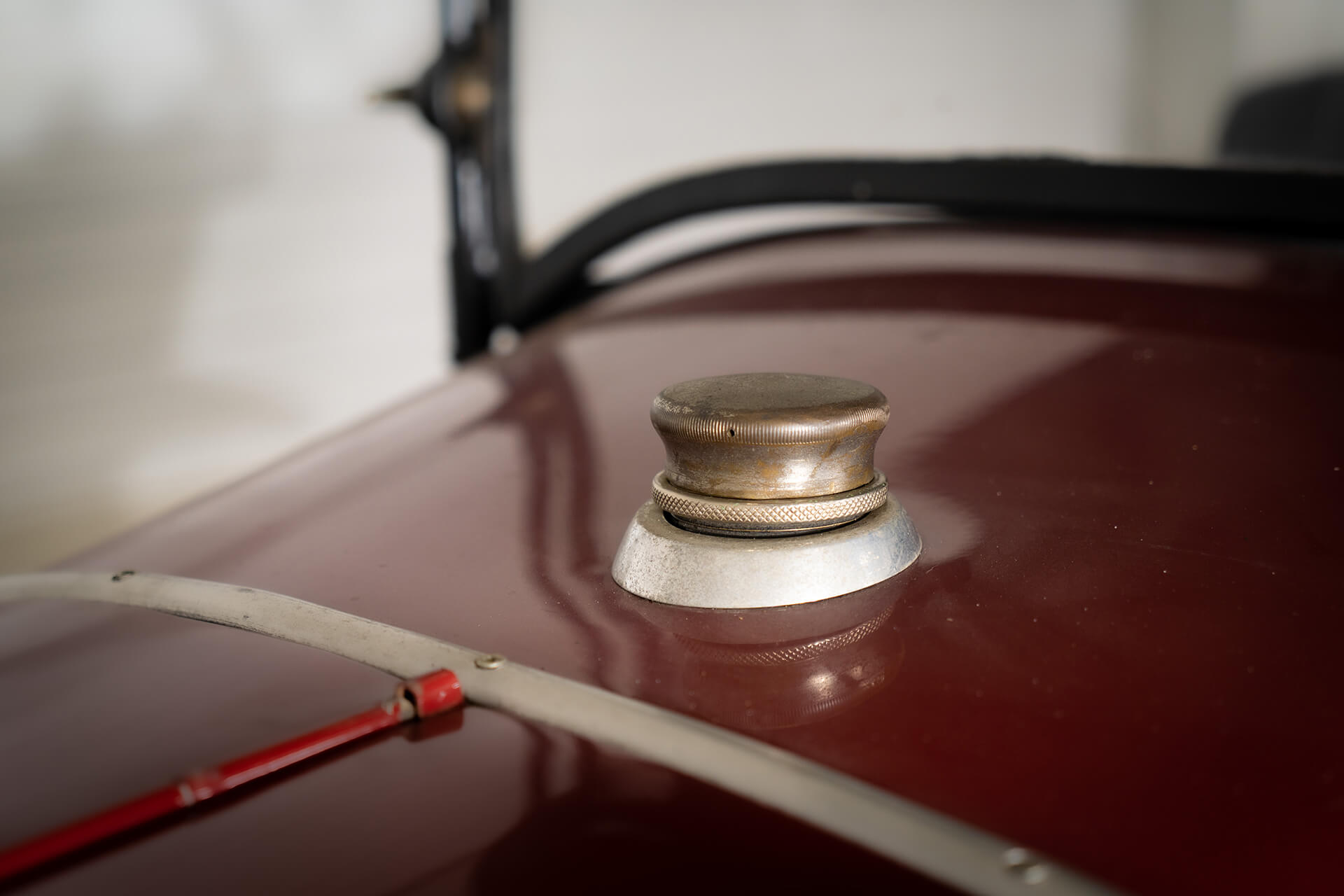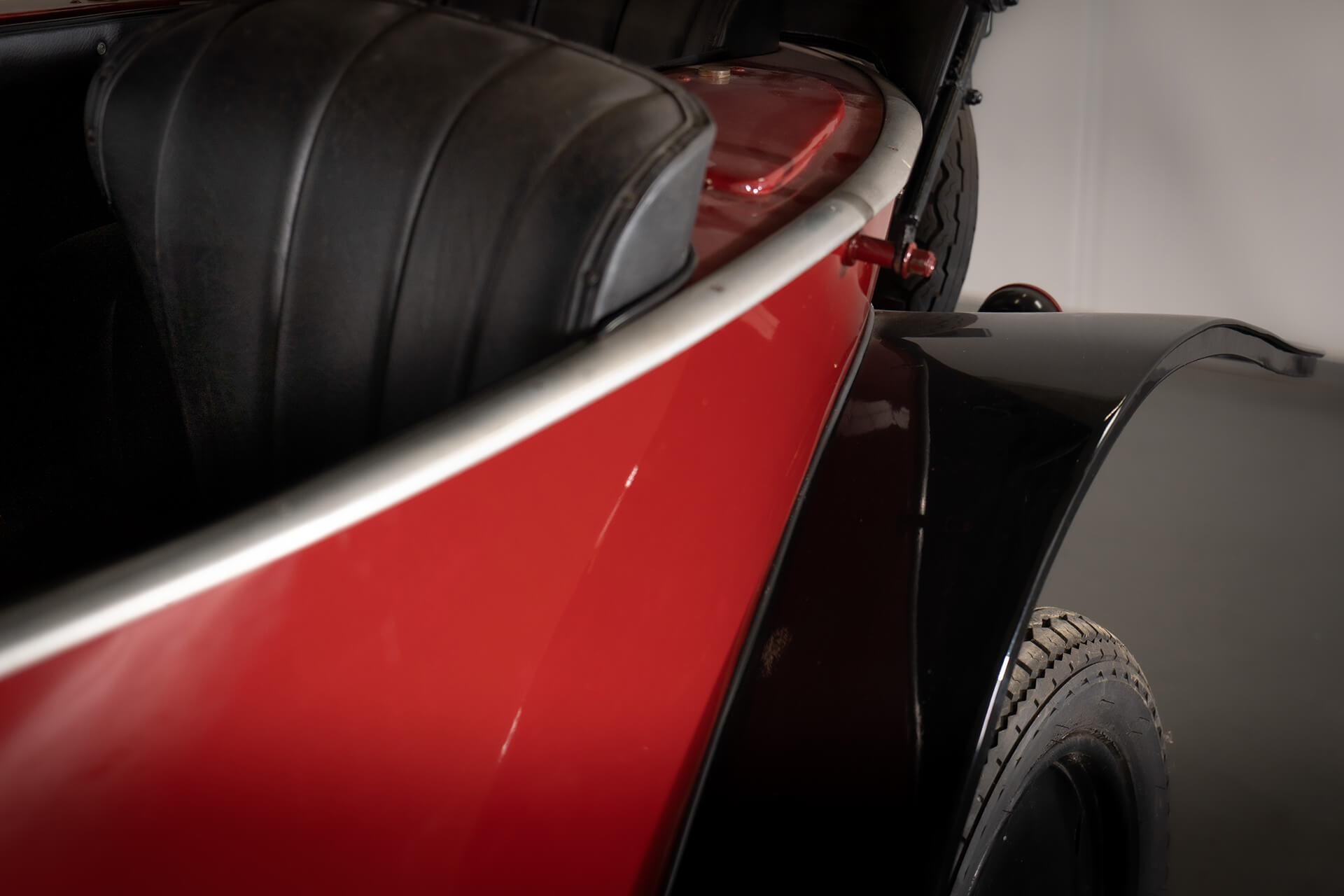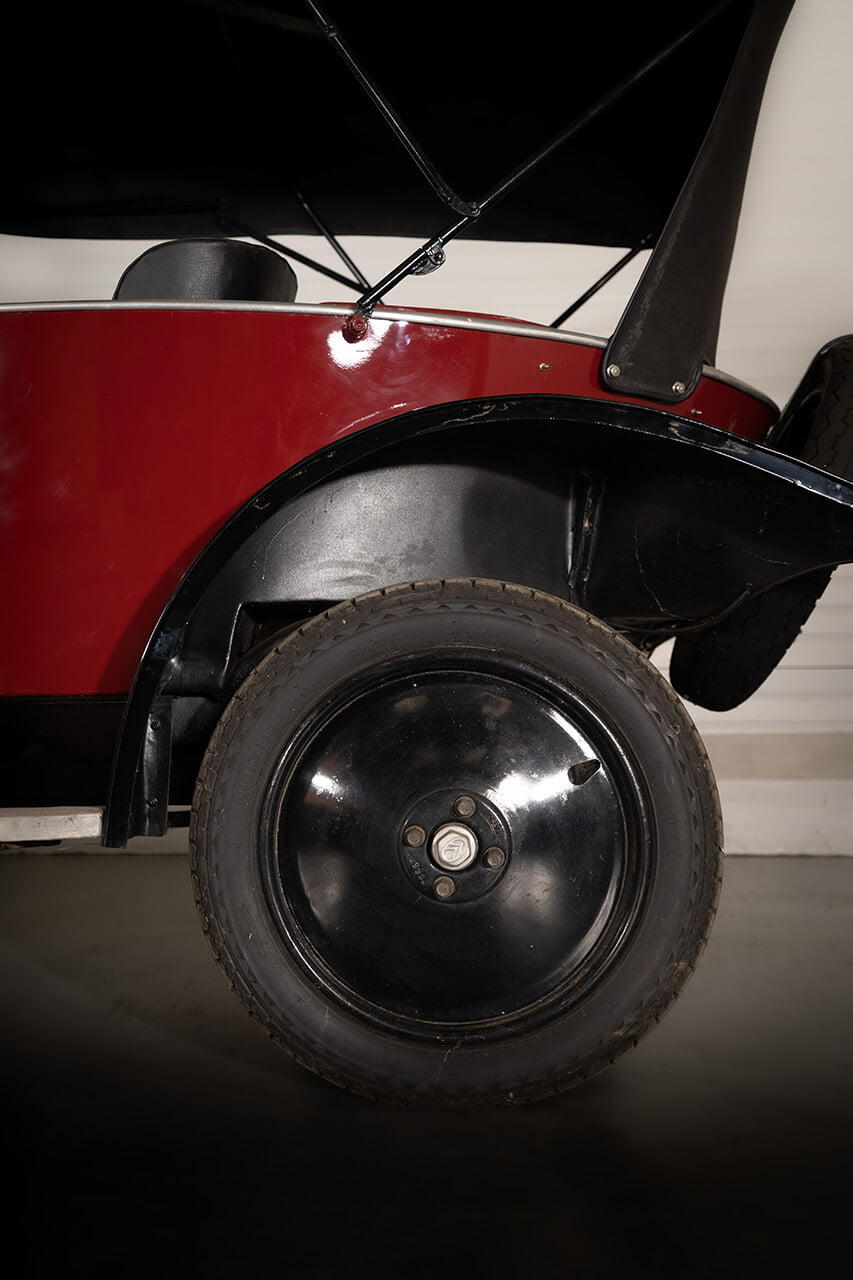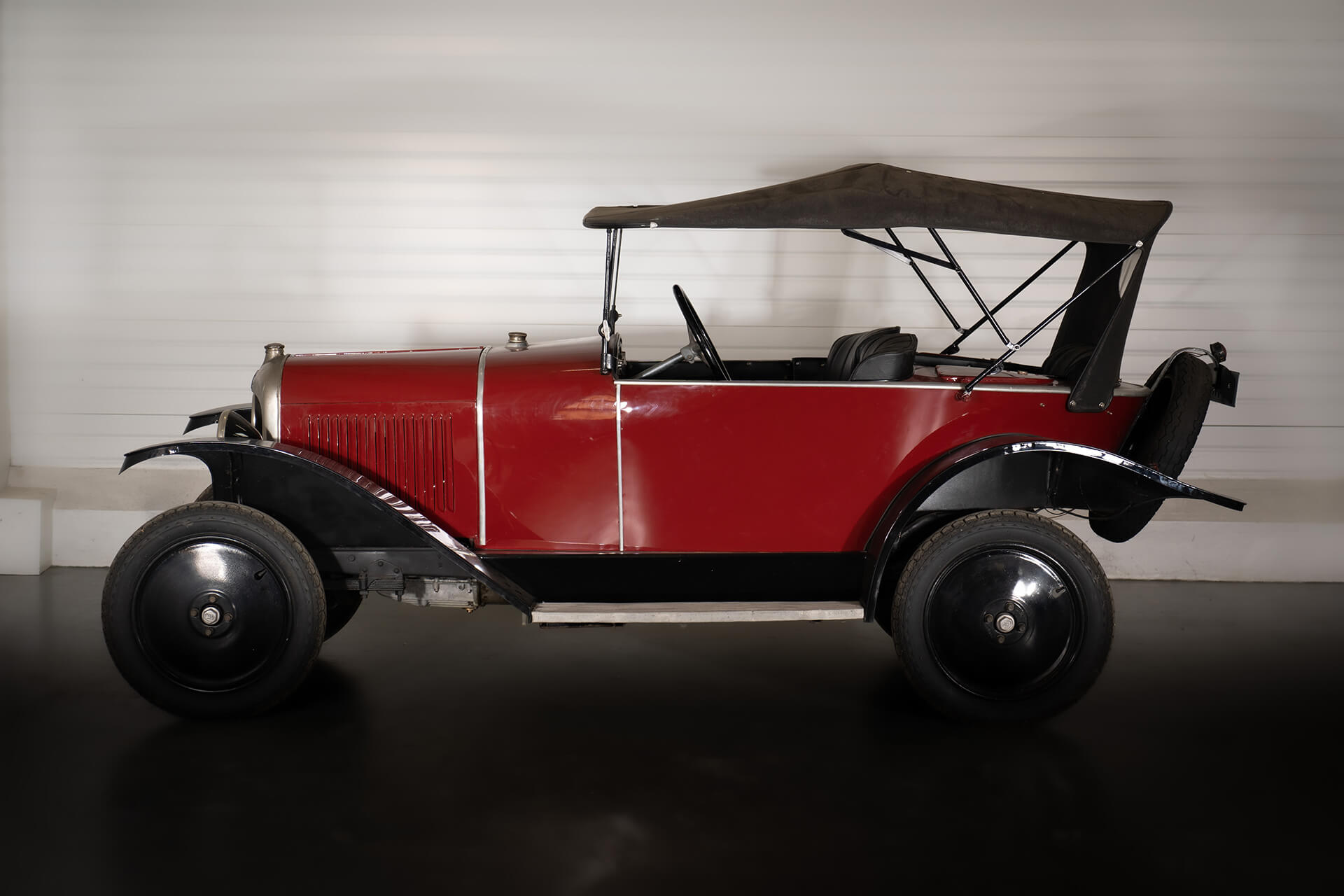Technical sheet
| Range | Authentic range |
| Brand | Citroën |
| Type | Type C 5HP |
| Body | Torpédo 3 places |
| Production | 80 759 exemplaires (toutes versions) |
| First print | 1924 |
| Body color | Bordeaux |
| Interior color | Simili cuir noir |
| Motor | 4 Cylindres Carbu à soupapes latérales |
| Displacement | 856 cm2 |
| Powerful | 12 ch DIN |
| Gearboxe | Mécanique à 3 rapports non synchronisés |
| Dimensions | L : 3,20 l : 1,40m |
| Options | |
| Features | Bel état d’origine |
| Mileage | |
| Guarantee | Sans |
| Price | Contact us |
Description
Citroën TYPE C 5HP
The Type C was the second model built by Citroën. It represented a new way of designing and selling cars. André Citroën drew his inspiration from the production methods used by Henry Ford to develop his new model. He met Ford in Detroit in 1912. Initially, he copied Ford’s production methods to manufacture munitions during the First World War. Then he used the factory and these new methods to develop the Type C. It was the first mass-produced car in Europe and was styled by Edmond Moyet, who had just designed the famous Amilcar CC. The first model was presented to the public at the Paris Show in November 1921 but was only produced from May 1922. The chassis were built at Levallois and the cars assembled in the factories at the Quai de Javel. The bodywork consisted of a wooden structure with metal sheets nailed to it. A single door on the right allowed access to the two front seats. The car was powered by an 856cc four-cylinder engine developing 12bhp. Its light weight of 540kg (1190lb) let it reach a top speed of 60kph (37mph). Its modest dimensions, with a length of 3.20m (126in) and width of 1.40m (55in), made it particularly manoeuvrable. André Citroën focused his marketing strategy on the popular aspect of the car. Thanks to the economies of scale achieved in its production, the car was priced 30% lower than its competitors. Its solid construction and fuel consumption of just 40mpg made it economical to use. A pioneering approach to the production of replacement parts reduced the cost of maintenance. Through his own company, André Citroën offered customers a system of loans allowing them to spread the cost of paying for their cars. He also made women customers a prime target. The car was simple to drive and practical to use. A starter and electric lights made it easier to operate. Advertising posters systematically showed a smiling woman driver testifying to the qualities of the Type C. Citroën was truly ahead of his time … He appointed 5000 agents around the world to sell the car and moved production to countries such as Spain, Italy and England to avoid high customs duties and keep the prices attractive. In 1923, the body was lengthened. In 1924, the ‘torpedo’ version could be fitted with a third, centrally-positioned rear seat. Because of its pointed tail, the Citroën was familiarly known as the ‘hen’s bottom’. Despite the large number of cars built, its low selling price meant the Type C was unprofitable. In 1926, production came to an end, to allow the company to invest in the design of its next model. The Type C left its mark on its period and on automotive history in general. It bore witness to a new era of distribution and gave André Citroën the avant-garde reputation which the company would always uphold. Of the 80,759 vehicles built (with passenger and utility bodies combined), it is thought that only about 2000 remain. This popular model has therefore become scarce and is worthy of interest.
The model presented here
The model presented here dates from 1924. It is a three-seat ‘torpedo’ model. Access to the third seat is through a gap between the two front seats. The car has not been used for some years. A proper restoration has already been carried out. The colours used for the bodywork and interior were respected. Its overall condition is highly satisfactory. The car runs and has a nice appearance. It just needs its future owner to devote a little attention to it and get it back on the road. It is a true collector’s item and its authenticity will delight lovers of iconic cars from the beginning of the last century.
Financing solution :
Classic Credit
For a vehicle of1 € Bring0.2 € Amount Borrowed € Durée month Duration € Total cost of credit € Of which administrative fees € Of which interest € Fixed borrowing rate % Fixed TAEG % Total amount due €
Visualize this credit with a representative example.
For a purchase of 1€ with a contribution of 0.2€ and an accessory credit for a sale of € over months at the Fixed Global Effective Annual Rate of %, (fixed borrowing rate: %) you will repay monthly installments of € , interest: €, administrative costs: €.
Total amount due: €
The monthly cost of the optional Death, Total and Irreversible Loss of Autonomy, Total Temporary Incapacity for Work insurance (taken out with Cardif Assurance Vie – S.A with capital of €719,167,488 - 732 028 154 RCS Paris and Cardif Assurances Risques Divers – S.A with capital of €21,602,240 - 308 896 547 RCS Paris - Head office 1, Bd Haussmann 75009 Paris. Companies governed by the insurance code) is € and can be added to the amount of the monthly payment. The total cost of this optional insurance is €. The Effective Annual Rate of this insurance is: %. Details of the conditions and limits of guarantee available in the manual on request.
Offer for a purchase and an accessory loan to a sale from €6,000 borrowed repayable over a period of 25 months to 72 months for the purchase of a used vehicle less than 30 years old and over a period of 25 months to 144 months for the purchase of a used vehicle over 30 years old. Fixed Global Effective Annual Rate : %. Subject to acceptance of the file by BNP Paribas Personal Finance, credit institution: 1 bd Haussmann 75 009 Paris, SA with capital of €561,882,202, 542 097 902 RCS Paris, N°ORIAS: 07 023 128 (www.orias .Fr).
You have a right of withdrawal.
Cetelem is a brand of BNP Paribas Personal Finance. Conditions in force at 21 December 2024


